Automotive Hood Ornament History
Early, the horseless carriage was just a buggy with an engine sitting sometimes in front, more often middle or rear mounted, replacing the horse. However, unlike the horse, the internal combustion engine needed to be cooled, so most, but not all of these early cars had a radiator. A radiator, needs a cap to contain the water at the right level, and it didn’t take long before someone realized this would be a great place to hang some automotive bling.
Disclaimer:
The following Figures and descriptions will attempt to outline some of the more famous Hood Ornaments you might see at your local car shows, but does not by any means indicate that they are the best ever created or the only ones. The best, would rather be a personal choice by you, the reader. This selection is limited only to my knowledge, my personal photographs, and even then further limited by the time and space it takes to create them.

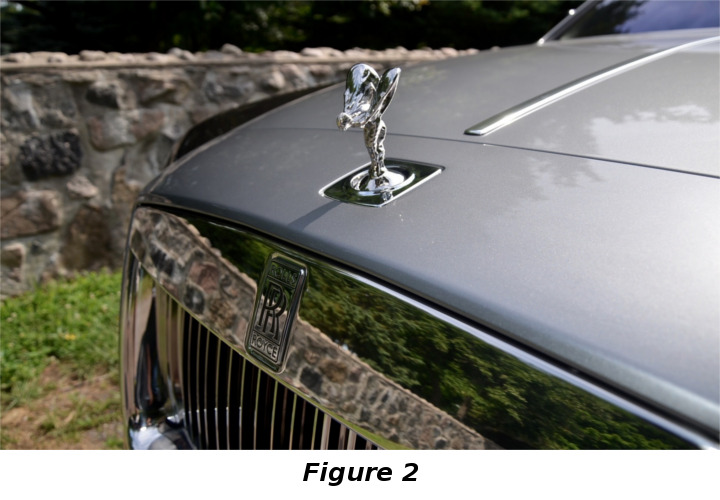
In 1913, Harrison Hurlburt Boyce invented the Moto Meter, it had a built in thermometer in combination with the cap, thus allowing the automobile operator to determine if the car was overheating or not. These Moto Meters, not only offered the automobile owners a device to measure temperature, but were also a great place for the automobile manufacture to add ornamentation and identification. An example of that is shown in (figure 1) above.
Note, the Dog Bone design of the radiator cap, made the cap more functional by creating a method to tighten and loosen the cap. But also note the “”Studebaker Wheel” engraved on the face of the Moto Meter and the detailed ornamentation surrounding it.
As early as 1911, the first statuette, called the “Spirit of Ecstasy” was created by British Sculptor and artist, Charles Robinson Sykes, for the Royals-Royce. His creation was a statue of a elegant woman, with arms spread out behind her, enhanced by billowing garments. This statue was then attached to the radiator cap, and when the caps disappeared under the hood, she would be mounted on the hood it’s self. First offered as on option, she became standard equipment on Rolls-Royce sometime shortly after World War I, and to this day still proudly appears above the grill of the 2017 Rolls. See (figure 2) above.
While the Moto Meter was the beginning of this tread, it certainly was not the end. Later models would have the temperature gauge mounted on the dash, inside the automobile, thus eliminating the need for the Moto Meter. However stylists, just moved on to add other forms of ornamentation to the radiator cap. And even after the radiator was buried under the hoods, ornamentation would still persist in the form of Hood Ornaments. This trend would continue on through roughly sometime in the late 1970’s. Eventually, eliminated, primarily through the passage of laws restricting their use, because of safety reasons.
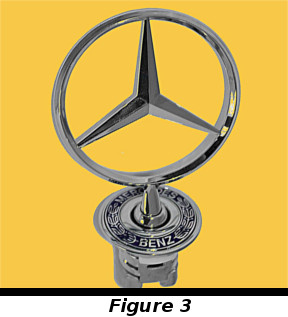
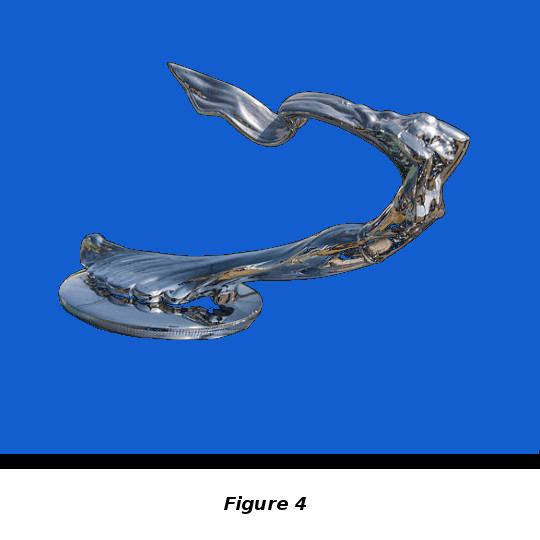
Some of the most famous of these would be items like the mermaid-like Goddess, (figure 4) to the left, with her hair flowing behind her in the breeze, created by Cadillac stylist William Schnell for 1930. She would be mounted on an Art-Deco base, shaped like a sea shell. Some form of the Cadillac Goddess would remain available through 1956.
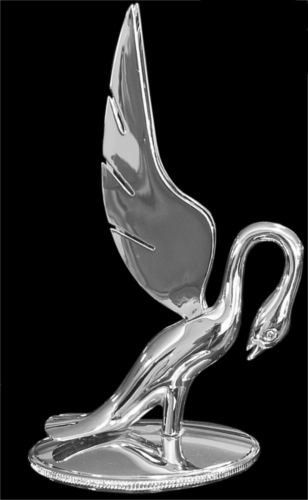
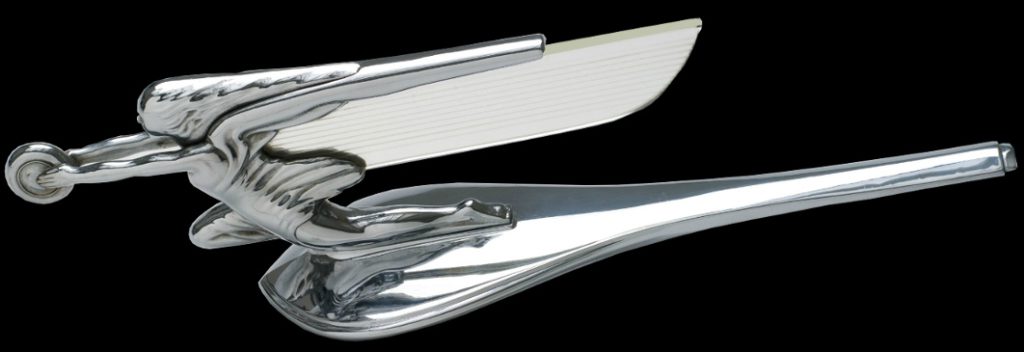


Studebaker used Radiator Cap Ornaments and Hood Ornaments during most of it’s years of production and over forty different units were created and displayed on their cars and trucks. However, the two I liked the best are the 1927-28 Atalanta (above left), created for Studebaker by the Lorado Taft studio of Chicago, by sculptor Carl Mose, and the LaGioconda (above right) used on the 1931 Presidents. LaGioconda is an alternate name for Leonardo DaVinci’s Mona Lisa. It has been rumored that Studebaker stopped offering the LaGioconda because of it close likeness to the 1930 Cadillac Goddess.
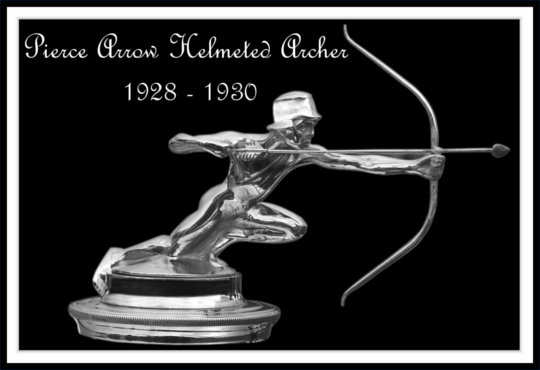

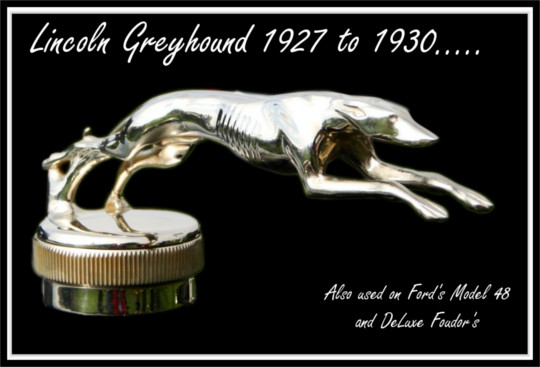
Henry Ford can be credited with selecting the quail as the Model A mascot. Created by Irving Bacon, Henry Ford himself was involved in every step of the design, hundreds of drawings were made, before he got what is familiar on the Model A today. The Ford factory did not make the quail. It was made by the George Stant Machine Works located in Connersville Indiana. Most likely anything you see on a Model A today is a reproduction as the originals were made of pot metal and few have survived.
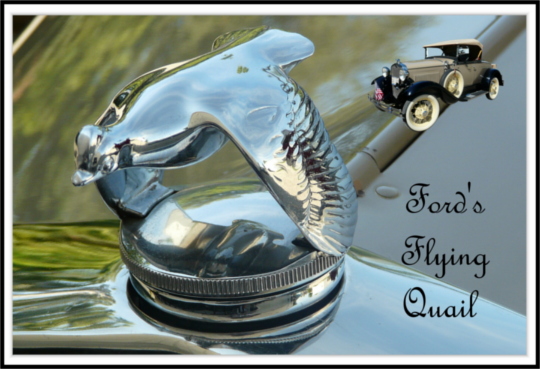
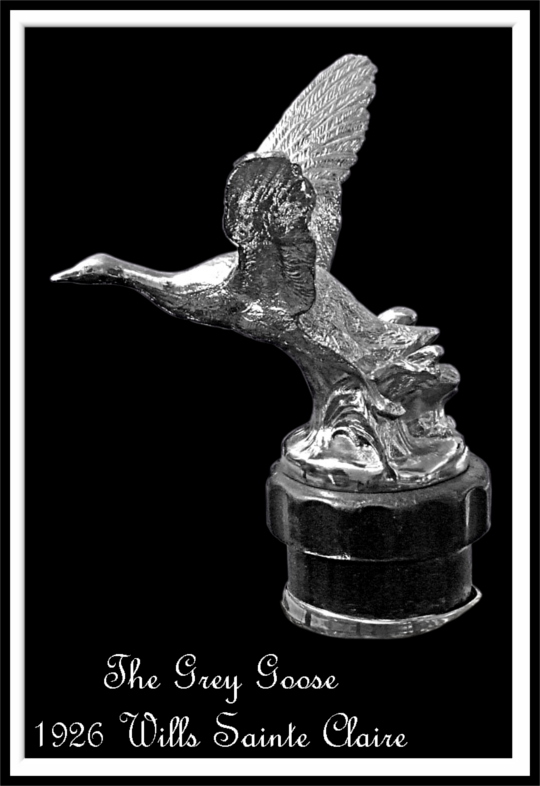
Harold Wills started out with Henry Ford and the Model T. Harold is most remembered by Ford fans, as the creator of the “Ford Oval.” He left Ford and founded his own car company “Wills Sainte Claire” in 1920. He chose the grey goose as his car’s badge and later models sported the Grey Goose Hood Ornament (left) show here. I do not known exactly when the ornament first came into existence, but photo’s of the cars produced from 1921 to 1927, show it as early as 1923. This ornament and the car manufacture are just one of the many companies which had a fairly short life.
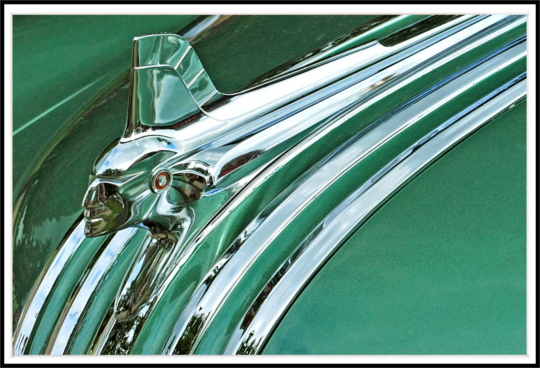
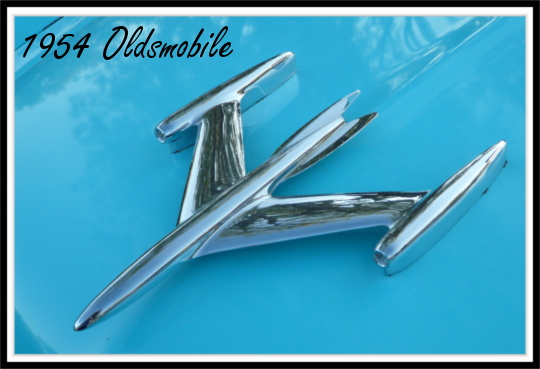
All the rage in the late 1940’s and all through the 1950’s the rocket theme was very prevalent.
Not surprisingly, the luxury car companies’ mascots were usually created using higher quality metals such as bronze or silver. Medium to lower priced automobiles generally featured mascots made of pot metal. As most car collectors know, this metal did not hold up well over the years. Original examples of Hood Ornaments are highly collectable and can often times bring hundreds of dollars at auction.
Hood Ornaments, statuettes, or mascots, call them what you would like, helped to define decades of automobiles and were often an extensive part of the automobile branding process. While today, we still have automobile badging, it pales in contrast to what we experienced as Automotive Art in the early years.
Gerald Johnson – webmaster Rock River Chapter Studebaker Drivers Club.
